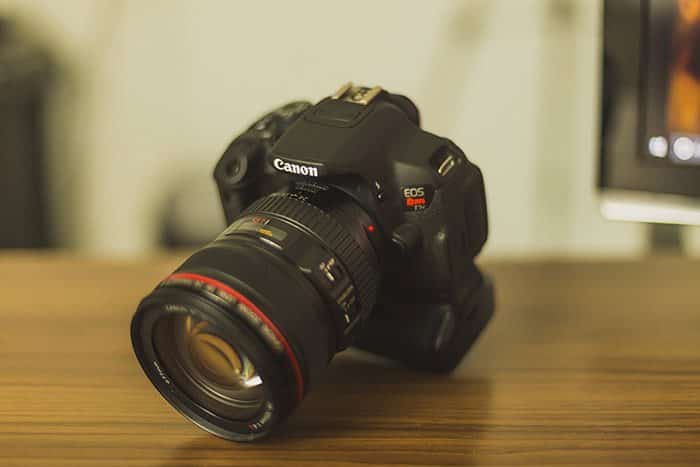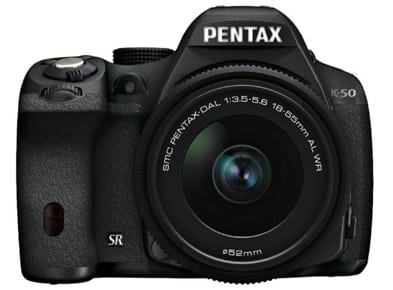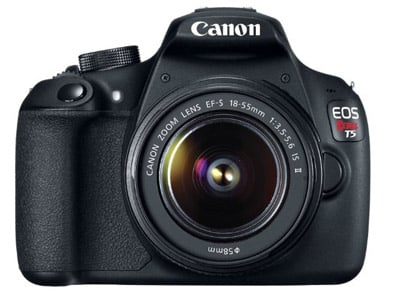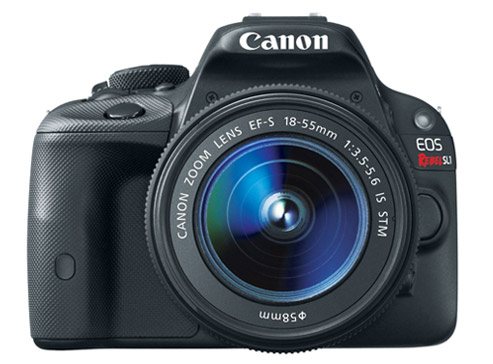With a budget of $500 or less, you have plenty of DSLR cameras to choose from. In fact, our cheapest, Canon DSLR goes for under $400, and that includes the kit 18-55mm lens!
This list of the best entry-level DSLRs are great regardless of your photography skills. If you’re coming from a point and shoot, or a phone, you’ll love the image quality, lens selection and the overall freedom that DSLRs give you. You can change every setting and really get the shots like you imagined.
If you’re just looking for the best overall choice, the Nikon D3400 is a clear winner. It’s got more megapixels than any other DSLR on the list and better high ISO performance. It’s also the lightest, features Full HD at 60fps and delivers great quality images.
These are our 5 favorite DSLR camera models:
1. Nikon D3400 – Most megapixels, 5fps, great high ISO, and Full HD at 60fps. Our favorite pick.
2. Canon T6 – Cheaper, less AF points, but still a great affordable choice for beginners
3. Pentax K-50– Weather-sealed, 16MP, 6fps and built-in Image Stabilization.
4. Canon T5 – Same like the T6, but no WiFi or NFC. It’s also much cheaper.
5. Canon SL1 -The smallest DSLR available, better features than both T6 and T5.
A few reasons why DSLRs are awesome:
- Up to 10x bigger sensor than phones. This results in improved image quality and less noise
- Bigger sensor = bigger pixels. You can shoot in low light and get good looking images, instead of blurry crap with most smaller devices
- Faster auto focus that’s way more accurate for moving subjects as well
- You can switch lenses! This is what truly sets them apart from everything else (over 60 different lenses for each brand)
- You can blur the background and really get that professional look. This is possible because of the big sensor.
- You can change the shutter speed, aperture and ISO and more.
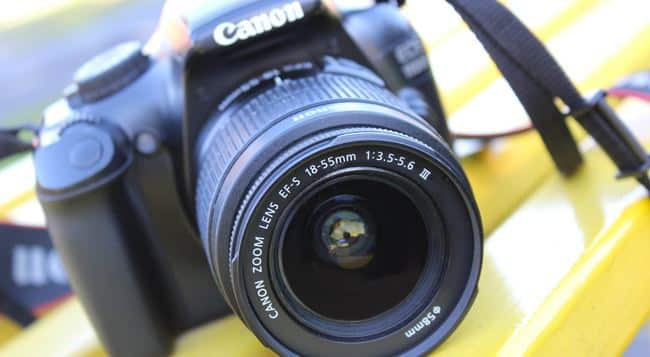
Best DSLR Cameras Under $500
Here are are our favorite cameras.
1. Nikon D3400
Sitting just below the $500 mark is the Nikon D3400. It was released in 2016 and is the latest and greatest of all the cameras on our list.
Why is it our top pick?
First, it’s got a great performing sensor with 24.2 megapixels. The images are clear, contrast, dynamic range and colors are all top notch as well. While entry-level DSLRs today are pretty similar in quality, it’s amazing to see that a 24 megapixel camera at such a low price can offer so much.
For night time photography, or indoors with bad light, the Nikon D3400 goes up to ISO 25,600. While the noise at its highest value is more or less unusable, you’ll be glad to know that even at ISO 6,400, the images are pretty good. Unless you plan on printing big, ISO 3,200 – 6,400 yields acceptable results for extreme low light situations. This is great for anytime you want to capture movement in bad light (parties, sports, birthdays etc.).
Why is high ISO important? Because it allows you to shoot at faster shutter speeds, meaning you won’t get blurry shots. Phones and compact cameras are horrible indoors, whereas DSLRs deliver much better quality (thanks to their bigger sensor and bigger pixels).
Nikon D3400’s Important Features:
- 24.2 megapixels
- 11 AF points
- 5 frames per second
- ISO 100 – 12,800 (25,600)
- Full HD at 60fps
- 3.0″ Fixed LCD screen
It’s got 11 AF points which is nothing special, but still more than what similarly priced Canons offer. Having more points means you can be more precise when it comes to focusing on your subject. Plus, it helps if these points are spread widely throughout the viewfinder, and not just crammed in the middle. Fortunately, this isn’t the case with any DSLR here. Auto focus is quick and reliable for photos, while for videos we recommend you to stick to manual focus.
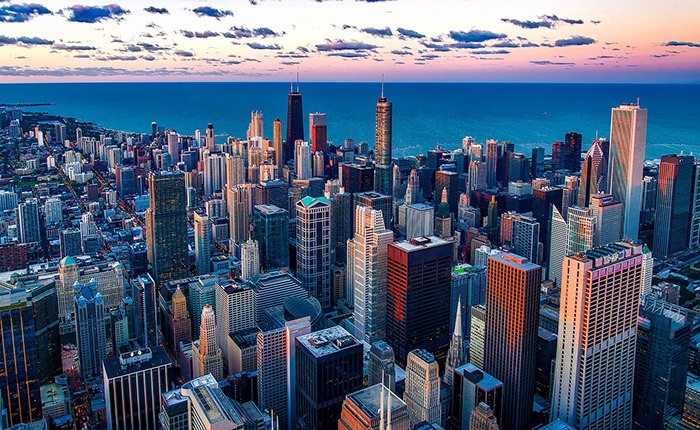
Speaking about video, the D3400 is capable of recording Full HD videos at 60fps, which is quite impressive. You can set it to 30, 25 or 24, but for slow motion shots, more is better. Unfortunately the 3.0″ LCD screen can’t be moved and there’s no touch screen.
For photographing action, you can shoot at 5 frames per second. That’s more than enough for serious sports, and is the same as what more expensive Canon’s offer anyways. You can share your shots instantly as the camera features built-in WiFi and NFC.
If you’re looking for a small and light DSLR that you can easily carry around, you’ll be happy to know that the D3400 with the 18-55mm kit lens, a battery and a memory card, weighs only 0.87lbs (395g). It’s actually 40g lighter than the D3300! What’s also awesome is the fact that you can take up to 1200 shots with a single battery charge. That’s almost twice as much as what most other DSLRs offer today.
Buy the Nikon D3400 at Amazon or see more reviews here.
2. Canon T6
The Canon T6 was released in the same year as the D3400 above, but is slightly cheaper and offers less exciting features.
What’s different?
It’s costs $50 less, and is currently the most affordable Canon/Nikon DSLR. With an 18 megapixel sensor the image quality, sharpness and colors are great, but compared to D3400’s ISO, it performs worse over 3,200. It also goes to a maximum of 12,800, but you won’t use that anyways.
In terms of speed it’s also a little bit slower with 3fps vs 5fps. That’s 2 extra images taken every second! If you’re doing a burst of a running animal for, let’s say, 3 seconds, you end up with 9 instead of 15 shots. This means you have more chances of getting a photograph where your subject is tack sharp (auto focus may not always be accurate regardless of what camera you have).
The Canon T6 has 9 AF points, just like many Rebels before it, and they both share 1 cross-type point with the Nikon D3400. Cross-type points measure both horizontally and vertically, making them a better choice for tricky focus situations (low light etc.).
Canon T6’s Important Features:
- 18 Megapixels
- 9 AF points
- 3 frames per second
- ISO 100 – 6,400 (12,800)
- Full HD at 30fps
- 3.0″ Fixed LCD screen
Video recording is available at 30fps in Full HD (vs 60 on the D3400) and it features a microphone jack which the Nikon does not. If you plan on recording interviews or need high quality audio, you can use an external microphone with the T6.
Yes, the T6 offers less features which is one of the reasons why it’s around $50 cheaper, but as far as image quality, colors and sharpness go, it’s a great DSLR camera. Whether you’re a complete beginner or just want to spend as little as possible to get into the DSLR world, you definitely won’t be disappointed. Just like the D3400, it has a built-in WiFi and NFC.
Buy the Canon T6 at Amazon or see more reviews here.
3. Pentax K-50
The Pentax K-50 is another affordable option, but since Pentax isn’t nearly as famous as Canon and Nikon, you get much more for the money. It’s their best way of standing out. Their cameras and lenses (full list for K-mount) are absolutely great though.
The K-50 has a 16MP APS-C sensor and can go as high as ISO 51,200. In terms of noise performance it’s slightly better than the D3400. As you can see from Imaging Resource’s high ISO tests, it’s on par with more expensive Canon and Nikon DSLRs.
How does the K-S2 stand out, besides the lower price?
It’s by far the best choice for difficult weather conditions such as rain, sand, dust, snow, freezing temperatures etc. With 81 weather seals it’s excellent if you’re looking for an affordable DSLR to use outdoors in such conditions. For traveling, this is a huge plus as you might visit countries that have different weather conditions than what you’re used to. Whether it’s sand in Egypt or normal weather in the UK, you can count on the camera.
Then there’s the 6fps burst mode. And built-in Image Stabilization that works with any lens. 100% viewfinder coverage. And video…. Oh, video is not something that’s too good on the K-50. It can record Full HD videos at 30fps and they look okay, but for that Canon is better.
Pentax K-50 Important Features:
- 16.1 Megapixels
- 11 AF points (9 cross-type)
- 6 frames per second
- ISO 100 – 25,600 (51,200)
- Full HD at 30fps
- 3.0″ Fixed LCD screen
- 81 weather-seals (best on this list for shooting in the rain etc.)
If you need a weather-sealed body for your work, and like the 6fps and high ISO performance, the Pentax K-50 is a great choice. Having built-in IS also works very well in case you use a lens that doesn’t have stabilization.
Buy the Pentax K-50 at Amazon or see more reviews here.
4. Canon T5
Ah, the predecessor to the T6. Released in early 2014, you must think that the Canon T5 has ancient-like technology right?
Not really. It uses the same 18MP sensor, 3fps burst mode, 3-inch LCD monitor and a Digic 4 processor.
Canon T5’s Important Features:
- 18 Megapixels
- 9 AF points
- 3 frames per second
- ISO 100 – 6,400 (12,800)
- Full HD at 30fps
- 3.0″ Fixed LCD screen
It’s just like the T6, except that it doesn’t have built-in WiFi and NFC capabilites. If sharing your shots online or on social media in an instant is important to you, you’ll miss not having the connections. If you don’t see yourself ever using WiFi through your DSLR, then the T5 at around $380 is a steal.
Buy the Canon T5 at Amazon or see more reviews here.
5. Canon SL1
The Canon SL1 is the world’s smallest DSLR. It used to be the lightest as well, but that was until Nikon announced the D3400. The difference is small, but still impressive (Nikon = 395g, Canon = 430g).
However, the smaller size of SL1 is noticeable and that’s why it’s a great choice if you want something you can easily carry around in any bag. If you have smaller hands and dislike bigger grips, then you’ll also love it.
Inside, it’s extremely similar to the Canon T5i. There’s an 18MP CMOS sensor with 4 frames per second, ISO that goes up to 25,600 and 3.0″ LCD monitor (touch-screen enabled). It’s also around $150 cheaper than the T5i!
Canon SL1’s Important Features:
- 18 Megapixels
- 9 AF points
- ISO 100 – 12,800 (25,600)
- 4 frames per second
- Full HD at 30fps
- 3.0″ touch-screen LCD
Just like with the Canon T6, you only get 9 AF points, but it’s slightly faster with 4fps vs 3fps.
You buy the SL1 for one simple reason; size. It’s more expensive than other models and doesn’t offer that many extra features (even though it’s fast enough for most things). If you also can’t live without touch-screen, it’s better than the T6.
Buy the Canon SL1 at Amazon or see more reviews here.
Comparison Table
| DSLR | Price | Megapixels | Max ISO | Burst | AF Points | Released |
| Nikon D3400 | Amazon | 24.2 | 25,600 | 5fps | 11 | 2016 |
| Canon T6 | Amazon | 18 | 12,800 | 3fps | 9 | 2016 |
| Pentax K-50 | Amazon | 16 | 51,200 | 6fps | 11 | 2013 |
| Canon T5 | Amazon | 18 | 12,800 | 3fps | 9 | 2014 |
| Canon SL1 | Amazon | 18 | 25,600 | 4fps | 9 | 2013 |
Best DSLR Bundles
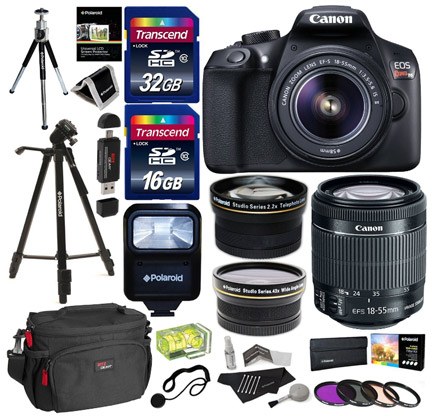
Buying in a bundle is a great way to save some money as you often get a lot of free accessories along with the camera. These are our most recommended bundles and they come with memory cards, cleaning kits etc.
What Matters in a DSLR Camera?
1. Megapixels
As a beginner you may think that megapixels are the one that make your images sharper, and that the more you have, the better your shots look.
This is far from the truth. Yes, while having more megapixels does mean you can see more details, this is only true if the device on which you’re looking at those shots can even show that many pixels!
What does this mean? Let’s take a Full HD monitor as an example. With a 1920 x 1080 resolution (those are pixels), the max resolution it can display is a little bit over 2 megapixels (just multiply the numbers). This means it can’t display more than 2MP even if you shot with an extremely expensive camera. If you’re going to share most of your shots online, you shouldn’t worry.
The same applies to printing. Unless you print enormous, you won’t notice a difference between a 10MP and 20MP DSLR. Check out Tom’s Guide How Many Megapixels Do You Really Need? article in which you’ll exactly see why stressing over megapixels is useless.
If you crop your images, then having more megapixels definitely helps. You retain more quality and can get closer to your subject without using long lenses.
2. Sensor Size
Every digital camera uses a sensor to capture images. Phones and other compact devices have tiny ones, which is why their quality and low light performance aren’t that good.
Having a bigger sensor means the pixels can be bigger, and that translates to better light “reading”. Bigger pixels have by far better quality, less noise, and simply see more information from the light available. It’s why the background can be blurry on a DSLR camera, whereas almost everything is always sharp when taking a picture with your phone.
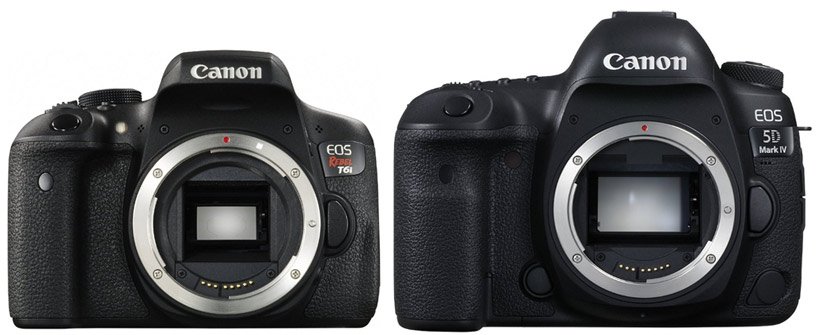
We have 2 types of sensors in DSLRs:
- Full Frame
- APS-C / DX
Full frame sensors measure 36 x 24mm, identical to film in the old days. They’re more expensive, bigger, heavier, and are the best on the market when it comes to high ISO shooting.
APS-C / DX is 1.6x smaller than full frame (Nikon is actually 1.5x smaller). While image quality is just as good, these cameras can be smaller, cheaper and lighter. Any lens that you put on an APS-C camera makes it look as if you’re 1.6x times closer to your subject. So if you use a 50mm lens on both full frame and APS-C camera, it would look as if you’re using a 80mm lens on APS-C (50mm x 1.6 = 80mm). Same lens, same position, simply because of that 1.6x crop factor.
You can check out Wikipedia’s APS-C article on all companies that use the sensor.
Different lenses are made for different types of sensors:
- Canon – EF and EF-S lenses fit on every APS-C camera (so all in this guide). EF-S does not fit on full frame.
- Nikon – DX and FX lenses fit on every DX camera (all under $1,500). DX lenses do fit on full frame, but you get smaller images.
- Pentax – DA lenses are designed for crop sensor, while D FA is for full frame.
- Sigma – DG and DC types are designed for APS-C / DX cameras. You can’t mount DC on a full frame.
- Tamron – Di and Dii work on all APS-C / DX cameras. You can’t use Dii on full frame cameras.
In short, you only have to worry about this when you get a full-frame camera. If you’re really interested in photography you just might upgrade to one some day, which is why we provide this information. You can always ask us directly or post a comment if you’re unsure.
3. Auto Focus
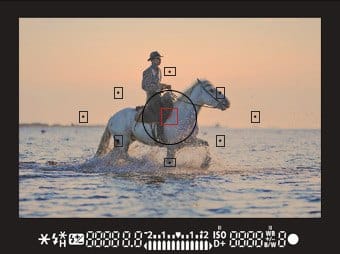
9 and 11 points has been the standard for a few years now. The more you pay the more points the camera has, but for an entry-level DSLR it’s more than enough.
Cross-type AF points are more accurate and will focus on your subject quicker, but this is reserved for more expensive models. Both Nikon D3400 and Canon T6 have one in the center, while the Canon EOS 80D, a more expensive camera, gives you 45 all-cross type points.
4. Shutter Speed – Aperture – ISO Sensitivity
The video above is the best tutorial we’ve seen so far. You will learn almost everything you need to know to in order to immediately start taking better pictures.
Shutter Speed -> Use fast speeds for freezing the subject and getting sharp shots, or slower speeds when shooting in low light.
Aperture -> You can control how much is in focus with it (to get that blurry background), and it also controls how much light hits the sensor.
ISO sensitivity -> It’s how sensitive to light the sensor is. In most situations the Auto ISO is good enough and you’ll rarely have to change this. However, when shooting indoors where there isn’t a lot of light, you might have to change it manually. Anything over 1,600 is recommended.
These 3 settings are actually the most important if you plan on shooting manually (which you should eventually). In all automatic and semi-manual modes, the camera decides what settings to go with.
5. LCD Screen & Viewfinder
You can take pictures through the viewfinder, or the LCD screen.
The viewfinder is by far the most accurate and cleanest, as the mirror in the camera reflects the light directly into it. Plus, auto focus is way more accurate and quick compared to shooting through the LCD, but DSLRs are getting better and better at this.
For videos or photographing on a tripod, using the big LCD screen is a huge advantage (not to mention you can’t record videos through the viewfinder). Having an articulating monitor is helpful, especially if you plan on recording yourself. It saves you a lot of time and headaches going back and forth with focusing, exposure etc. Just flip the screen and instantly see results.
The 3.0″ size is currently a standard, with few cameras offering 3.2″.
6. Wi-Fi and NFC
If you want to instantly send your shots to your phone or any other WiFi connected device, make sure your camera has this built-in. Otherwise, you’ll need to buy an adapter or if you’re lucky enough, get one in a bundle for a low price. Same with NFC, it’s a big time saver if you’re going to share your shots on Facebook, Instagram etc.
What About Lenses?
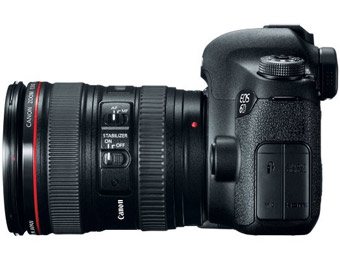
Lenses are even more important than the camera you use.
See, we have 2 different types:
- Zoom Lenses
- Prime Lenses
A zoom lens can go from one focal length to another, a great example is the kit Canon EF-S 18-55mm lens f/3.5-5.6. You can simply go from 18, all numbers between, and 55 by rotating the zoom ring. It takes less than a second and is extremely convenient for traveling or situations where your subject isn’t always where you want it to be.
A prime lens has one focal length, there’s no zoom; check out the Canon EF 50mm f/1.8. It’s always at 50mm, and you might be asking yourself, why would anyone choose this when you can get a zoom that covers this range and more?
Simply because a prime lens needs less glass to do its job, which results in better optical quality, lighter weight and way more compact design. The maximum aperture can also be way bigger so it’s great for blurring the background and low light/indoor photography.
There are obviously zoom lenses with big apertures and just as good, if not even better quality, but this is more or less the standard. The majority of prime lenses are also relatively cheap (the 50mm f/1.8 costs only $125 and is worth every dollar).
How to tell how much you’ll be able to get in your scene with a different lens?
- Wideangle – Up to 35mm
- Standard – From 35 to 85mm
- Telephoto – Above 85mm
As you can see, the bigger the number, the closer you can get to your subject.
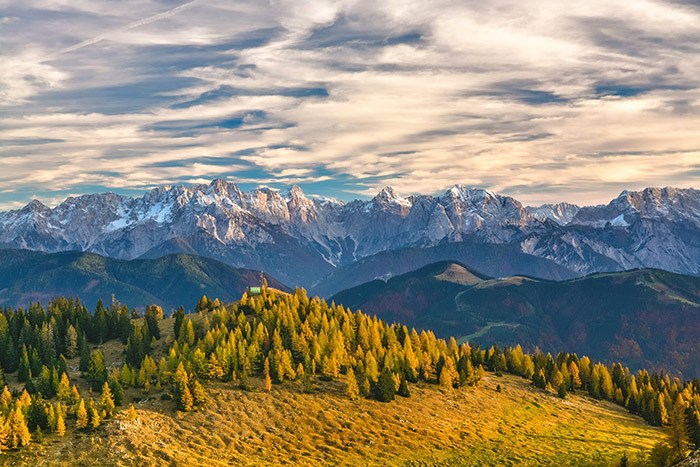
Wideangle lenses
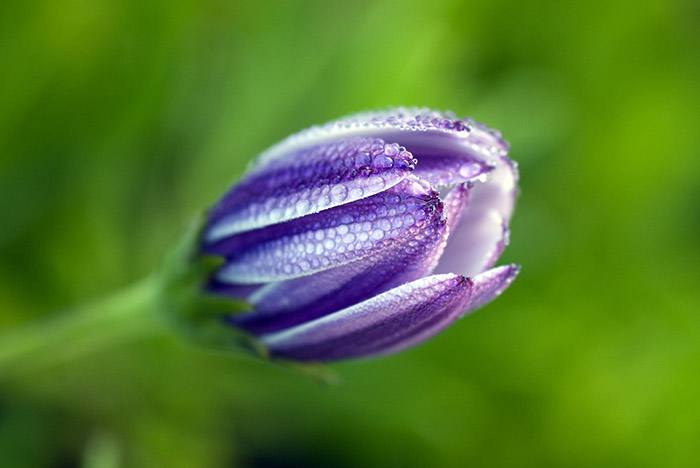
Macro lenses
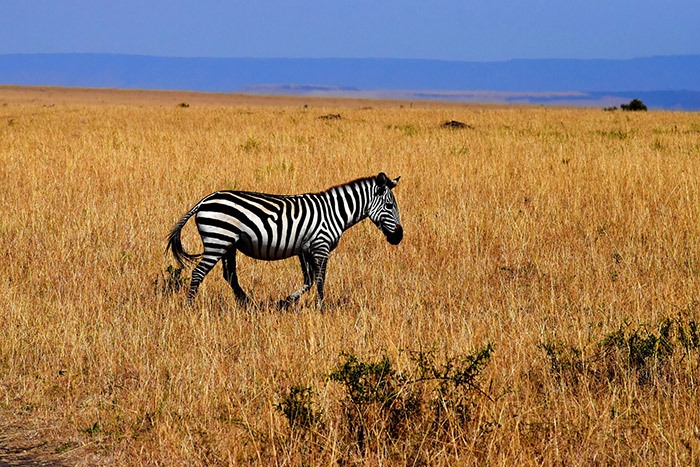
Telephoto lenses
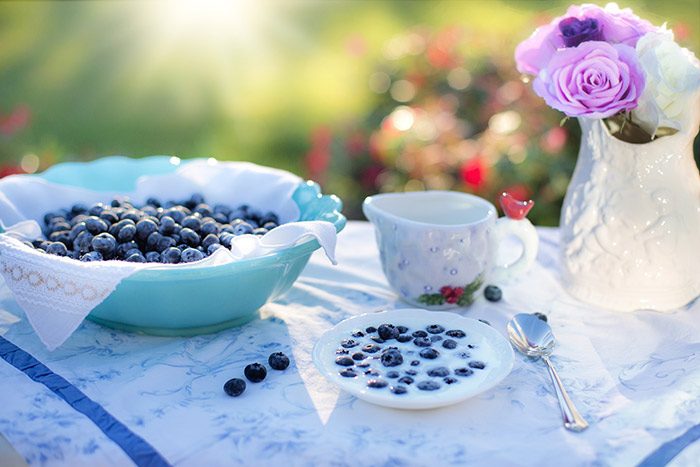
Standard lenses
Check out the Lens Simulator from Nikon to get a feeling of how the focal length affects your shot.
But I Still Don’t Know Which DSLR To Buy?
Get the Nikon D3400 or Pentax K-50.
- Literally any DSLR released after 2012 has enough megapixels and features for most of your needs.
- Quality, sharpness, colors, 99% the same among all models.
- Which brand to go with? It doesn’t matter, but we advise you to check what lenses each company offers and see which ones you prefer.
- If someone you know already has a Canon or a Nikon and could lend you some lenses, perhaps go with that brand. Or go with the opposite one, just to mess with them.
- As far as video is concerned, an articulating screen helps a lot but is not a must. 60fps for slow motion is great, if you don’t need it, ignore it.
- For wildlife and sports, more frames per second is always a plus, so is having more AF points.
- For low light photography, high ISO performance is important as it affects the quality of your shots.
- Good lenses are just as important as a good camera!
- Once you get a DSLR, experiment, read, shoot and have fun. You only get better as you try what you’ve read (literally applies to almost everything in life).
Any questions? Feel free to post a comment or ask us directly.
Last Updated on January 17, 2022 by Nick Voorhees
First and foremost, I’m a husband and father. Then professionally I’m photographer, designer, blogger, and Esty store owner. My homebase is near the stunning Wasatch mountains in Utah but I love traveling with my family as part of our homeschooling journey. I also love teaching and helping out others. My faith is one of the biggest aspects of my life and brings be a consistent joy that I haven’t found in anything else. My main blog is BestPhotographyGear.com and I strive to make photography simple for anyone looking to learn or find gear for their individual needs. By nature, I like to study, research, and analyze things and I use that help provide the best advice and reviews I can.

